Jane Kitson
Kitson Consulting Ltd
Te Tiriti-led research looking at how we can enable our freshwater taonga to thrive.
The inventory of research outputs and resources can be found here:
The quality of freshwater in Aotearoa New Zealand continues to decline. While many research programmes examine how to reverse this trend using waterway attributes (riparian planting, stream contour etc.), few are investigating the role of living things in the restoration process – many of which are taonga species.
To enable our native species to thrive, BioHeritage has invested in Te Tiriti o Waitangi-led research that promised to marry traditional knowledge and new, cutting-edge research.
The Freshwater for our Taonga programme included two significant kaupapa Māori-led projects, complementary research from the University of Canterbury, and a dedicated Programme Manager within the leadership group to ensure connectivity and serve as a single point of contact for BioHeritage. Our projects built on existing work and relationships and aimed to refine and accelerate research and management outcomes determined at a place by respective whānau, hapū and iwi and research collaborations with agricultural landholders. An overview presentation of Freshwater for our Taonga can be found here.
Freshwater for our Taonga:
Freshwater for our Taonga interwove themes of improved restoration outcomes and enhanced mauri/health of Tuna and Kanakana/Piharau across three aligned research areas:
Te Karanga o Ngā Tuna – Mana Whakahaere in Action explored ground-up multi-iwi collaborative local aspirations and solutions to protect, restore, and enhance tuna for the benefit of the tuna and future generations in the Waikato and Waipā catchment. Waikato-Tainui was the host entity, supporting a collective of Waikato/Waipā Catchment River Iwi and hāpu undertaking the work.
The voice of taonga species, using an indicator species (kanakana/piharau) for reversing the decline of mahinga kai sought to connect current freshwater research and mahi conducted by Hokonui Rūnanga and others with interests in kanakana to provide a pathway to future research, monitoring, and restoration of Mahika kai kanakana. Hokonui Rūnanga and Kitson Consulting were the host entities.
Centering biotic interactions in freshwater restoration advanced knowledge of biotic interactions in freshwater restoration, thereby identifying effective actions for species recovery. This research area complements both kaupapa Māori-led research areas through frameworks that address key ecological and social barriers to restoration success and recommended tools/actions for more successful future restoration outcomes. University of Canterbury / Te Whare Wānanga o Waitaha was the host entity.
Waikato and Waipa River Iwi respond to the need to protect their taonga
Ngā Kaitiaki o te Awa – Waikato and Waipā River Iwi Tuna Roopu planned, authorised, and delivered a second field season under the Freshwater for our Taonga programme. They conducted elver trap-and-transfers into Lake Karapiro and trialled the translocation of adult tuna during a predicted migrant eel run using new custom-made nets. Over one night, they saved 100kg of migrant tuna below a pump station and released them at Port Waikato. Their efforts highlight the need for council accountability regarding non-fish-friendly pumps, which cause high mortality during tuna migration. Despite the gold clam incursion, first identified in May 2023, this season, the roopu were able to focus more on protecting and restoring tuna and progressing collaborative research into treatment methods for elvers in gold-clam-infested areas with NIWA. Learn more about this project here.
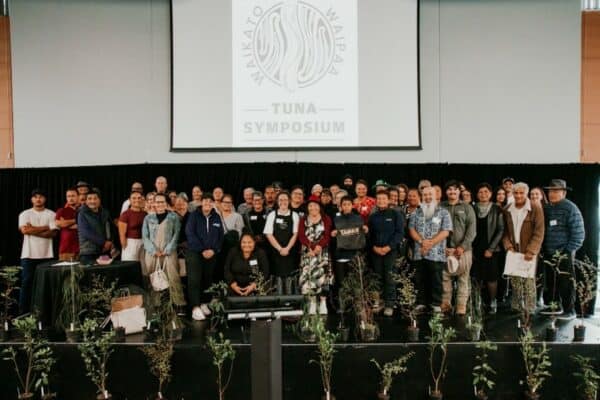
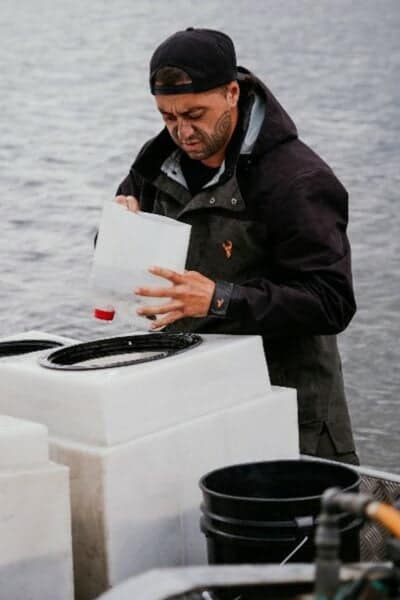
Collaborative Effort to Secure Future for Kanakana in Murihiku
Researchers and Hokonui Rūnanga have leveraged longstanding relationships to co-develop and implement an innovative captive breeding and translocation initiative for kanakana. The team draws from local and international expertise – including knowledge exchange with First Nations communities overseas to create a novel roadmap that traverses cultural, legislative and ecological considerations. Hokonui actively implemented this initiative as it was being developed, setting into motion an intergenerational vision for thriving kanakana. This research led to the conceptualisation of Taonga Research, spearheaded by Hokonui Rūnanga and supported by other kaimahi and whānau, and investigating options for a dedicated freshwater research facility in Murihiku. Follow the latest developments here.
In the Pourakino catchment, engaged landholders motivated by their interest in kanakana are reconsidering their land management practices. Trusted partnerships with the farming community, Ōraka-Aparima Rūnanka, and researchers are being forged, and the group is in the early stages of co-designing research focused on enhancing farm waterway management to preserve kanakana in the catchment. Future research will inform on-farm management and kanakana ecology across the region and will have global relevance by trialling essential restoration activities centred on social-ecological-biological connections. Follow the latest developments here.
Both projects come under the umbrella ‘Operation Kanakana’, which Freshwater for our Taonga team members are starting to use to connect people, projects, and communities actively working to restore and protect healthy populations of kanakana across Murihiku Southland and New Zealand-wide. It underscores that everyone connected to kanakana is considered a special agent of ‘Operation Kanakana’, collectively working, each in their own way, to protect this taonga species.
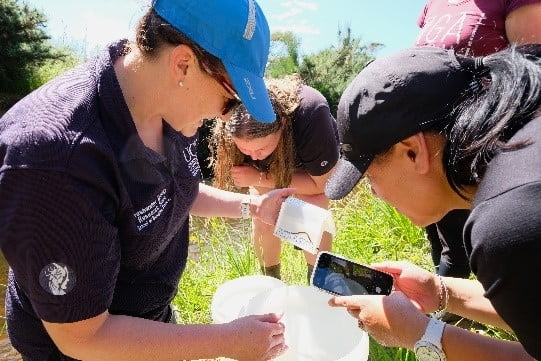
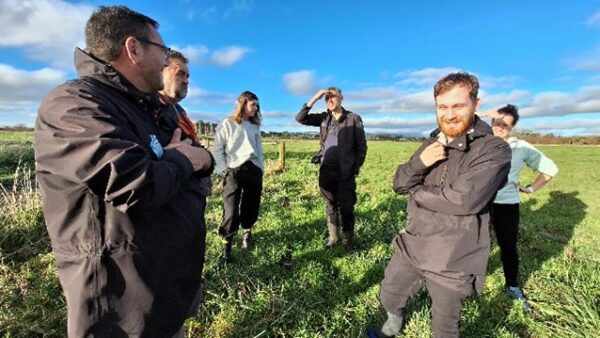
Sharing our collaborative journey towards freshwater restoration
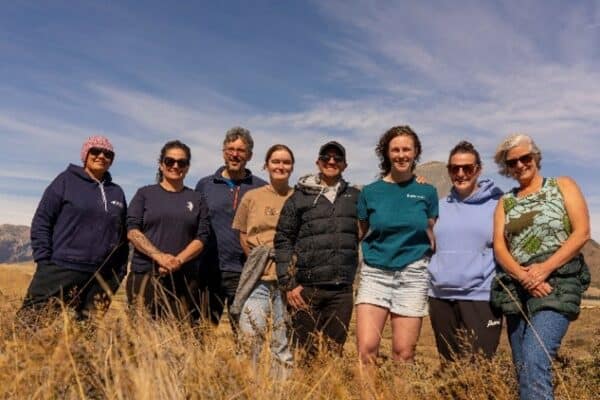
Concern for Aotearoa New Zealand’s freshwater ecosystems has sparked restoration efforts, but what does ‘restoration’ mean? Differing views have muddied the concept, often sidelining Indigenous perspectives and limiting success. Several members of Freshwater for our Taonga are collaborating on a joint research paper that maps our group’s complex and collective journey (and critical conversations) of freshwater restoration. This paper, by Māori and non-Māori researchers, explores challenges and opportunities in reconciling our own diverse perspectives to foster collaborative freshwater restoration.
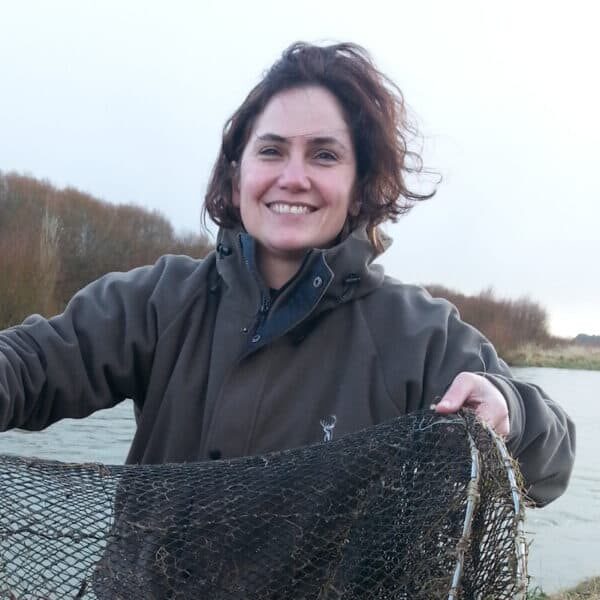
Jane Kitson
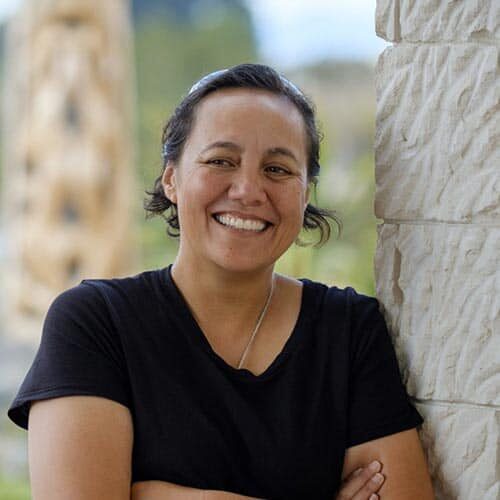
Erina Watene
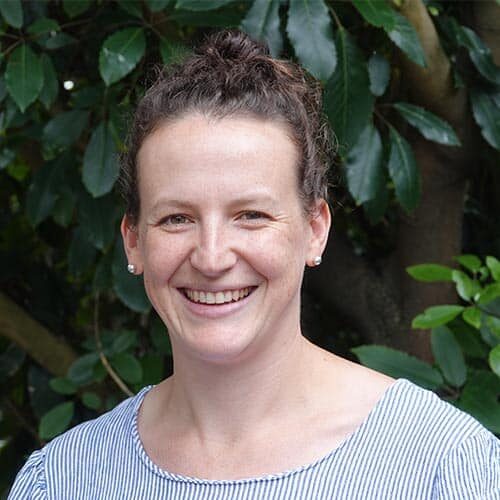
Helen Warburton
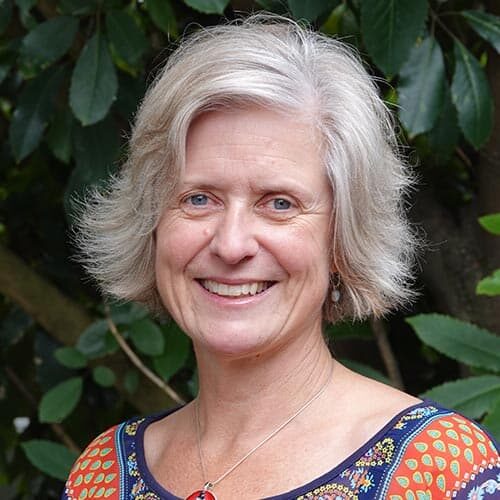
Kerri-Anne Edge